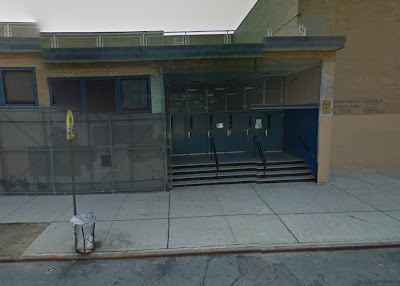By Harrison Golden
For 17 years, members of the Village Church met every Sunday
morning inside P.S. 3 at 490 Hudson Street.
"P.S. 3 provided us with such a strong place for our
community to worship," said Pam, a longtime church member who requested to
only give her first name. "The people inside were very friendly and gave
us plenty of room to conduct services every week.”
But two weeks ago, when the New York City Department of
Education began a citywide ban on religious services held in public schools, the
Presbyterian church of 50 parishioners was forced to find a new location. And
while the Village Church has since relocated to the Greenwich House on Barrow
Street, members continue to express disappointment in the board’s decision.
"I think the department’s action against us and all the
small churches is pure discrimination," Reverend Sam Andreades, the
church’s head pastor, said. "It is a slap in the face to free religious
practice."
The city's ban marks the culmination of a 16-year battle that
began with a challenge by the Bronx Household of Faith to a Department of
Education policy that prevented the use of school property for
religious services or instruction.
After the department initially denied the Bronx-based church’s
request to use the school as a gathering place, the church sued the school district
for ignoring their First Amendment rights. Although the lawsuit proved
unsuccessful, a federal court issued a ruled in 2002 that the Department of
Education could not refuse to review rental space applications from religious
organizations.
Representatives from the Department of Education refused to
answer questions regarding their sudden decision to override the ruling.
Both the State Senate and Assembly have drafted a bill aimed at
allowing the churches to continue operating from the school buildings.
“These churches provide more than religious freedom,” Michael
Whyland, spokesman for Assemblyman Sheldon Silver, said in a phone interview. “They
unite people with similar goals and ideas. That is a simple human want and
nothing that the city should take away.”
Steve Wilson, a church member who helped Andreades find the new
location, remains hopeful that the congregation will continue to prosper in the
years to come. But he understands that other churches are not so lucky.
"The way the public schools are just kicking these
communities out to the curb is sickening," Wilson said. “So many of our
fellow small churches are still looking for a new place to call home.”






































